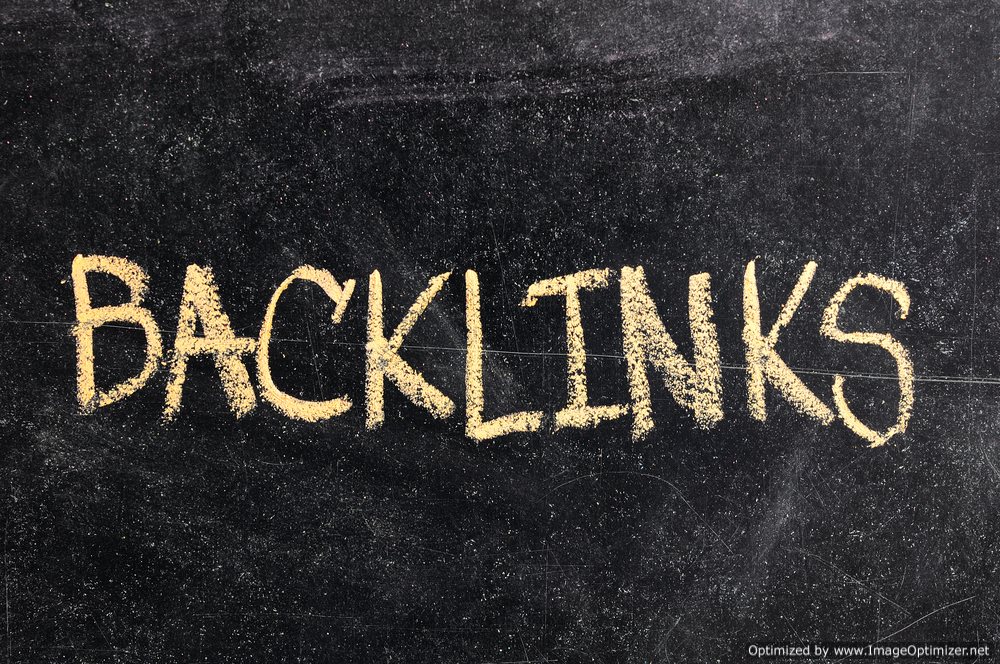One Way and Reciprocal Link Building for Lawyers

About a third of companies today are using some form of link building to help them get noticed on the front page of search engine results. If you want to get to Page 1, you'll have to do some link building of your own. There are two different types of link building that are available to web marketers: one way link building and reciprocal link building. Keep reading this guide to find out what the differences are and which of these types of links you should be focusing on as you seek better search rankings.
The Difference Between One Way and Reciprocal Link Building
Let's say there are two websites—a law blog and your law firm site. If you planned to engage in one way link building for your law firm website, you could try to have the law blog give you a link—perhaps based on a recent victory in a case, or some other aspect of your practice.
However, reciprocal links building is a bit different. In reciprocal link building, the blog would link to your website, but you'd also have a link somewhere on your website that linked back to the same blog. This is a good example of two way link building. Three or even four way reciprocal links building is also done fairly commonly online.
Reciprocal Link Building: How to Get Started
The basics of reciprocal links building are so simple that just about anyone can get some reciprocal links. You can start by talking to people that you know who also have websites relating to legal topics. Context is important whether you're doing one way or reciprocal link building. If you're doing reciprocal links building with websites that have little or nothing to do with the law or your practice area, Google is likely to take notice and penalize your site.
By asking to set up an exchange of links with friends, colleagues, or former classmates, you can build your link presence quickly and without needing to rely on automated link exchanges. Reciprocal links building should be done at a steady and slow pace initially, so that your linking strategy doesn't seem like it is artificial. Ideally, you want for your reciprocal link building to be viewed as entirely natural and contextual by Google and other search engines. This gives you the best rankings rise.
One Way Link Building: How to Get Started
One way link building, like reciprocal links building, needs to be contextually based in order to give you the best results. If you want to get started on building one way links, you can start by filling out information for profiles on websites like Google+ Local and any attorney directories hosted by local or state bar associations in your area.
If you've already made all these profiles and want to do more one way link building instead of using reciprocal link building, start using social networking to your advantage. Not only are social networks one of the best places to build buzz for your legal services, they're also a great resource for getting the one way links you need.
Forms of Reciprocal Link Building to Avoid
No matter what, you should always avoid any kind of reciprocal links building that is completely automated. Why? Because if it's automated, that means it didn't have the level of quality control that you probably want representing your law firm. Keep in mind that when you do reciprocal link building, you want linking partners that you can be proud of—or at least that you can justify on the basis of their website's content.
You should also avoid all reciprocal links building that revolves around non contextual websites, or that goes to websites that sell goods or services that might be considered problematic for your customer base. Keep in mind that because this is reciprocal link building, you'll need to provide a link to their website too, and your clients might see this as an endorsement of a scam product or service.
Huge reciprocal links building projects are also to be avoided. If you create too many links through reciprocal link building, this sends up a red flag to Google that you're just trading links—which they perceive as only a little better than buying them outright.
Forms of One Way Link Building to Avoid
Just like reciprocal links building, one way link building can be of high or low quality. If you're just building one way links anywhere you can, without any regard for the content of the websites you're getting links from, you may face penalties for over optimization.
Other types of one way link building that can lead to the same kind of over optimization penalty include trying to build too many links all at once, or trying to use too many links that come from the same IP address.
The general rule of thumb for both reciprocal links building and one way links building is that if your techniques could be interpreted as spam, you probably shouldn't use them. Google is working every day to make it more difficult to game the system, so instead of trying to just get big numbers of high ranking links, you may want to focus on quality.
Which Should I Do More: One Way or Reciprocal Link Building?
While using bad techniques can get your website penalized by Google whether you're doing one way or reciprocal links building, it's important to realize that having too high a percentage of one way links is, on its own, a red flag. Because of this, while you could implement a 100% one way link building strategy, any 100% reciprocal link building strategy is doomed to fail.
Usually, the websites with the best search engine optimization results are the ones using quality, “white hat” techniques to generate both one way and reciprocal links. There's nothing wrong with doing some reciprocal links building—just keep in mind that you need to balance it out with a greater amount of one way link building afterward.























